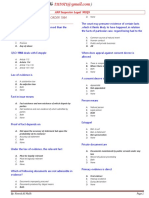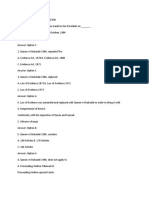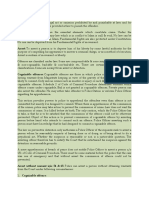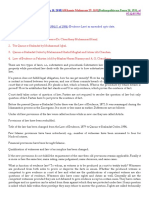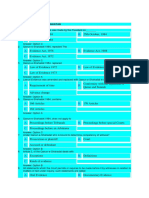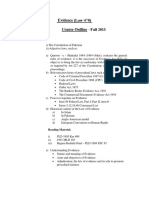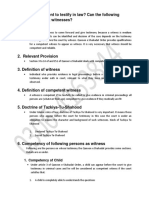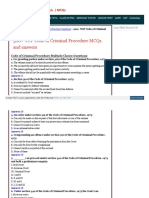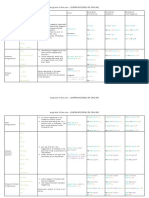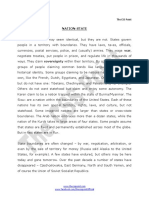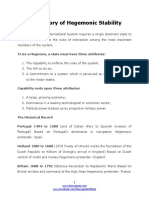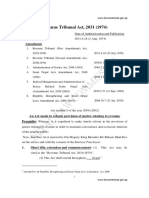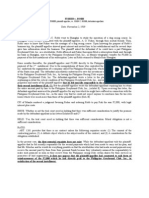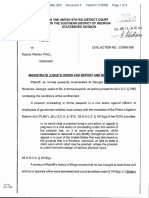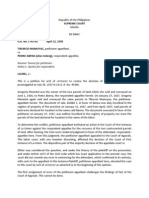100% found this document useful (1 vote)
3K views11 pagesCr.P.C Schedule II Explained
The document contains questions and answers related to various provisions of the Criminal Procedure Code (Cr.P.C) of Pakistan. It discusses topics like schedule II of Cr.P.C which deals with bailable and non-bailable offenses, definitions of terms like charge, complaint, inquiry, investigation and trial. It also explains differences between cognizable and non-cognizable offenses, and provisions related to arrest, search, summons, warrants, attachment of property and dispute over immovable property.
Uploaded by
ShabnamCopyright
© © All Rights Reserved
We take content rights seriously. If you suspect this is your content, claim it here.
Available Formats
Download as PDF, TXT or read online on Scribd
100% found this document useful (1 vote)
3K views11 pagesCr.P.C Schedule II Explained
The document contains questions and answers related to various provisions of the Criminal Procedure Code (Cr.P.C) of Pakistan. It discusses topics like schedule II of Cr.P.C which deals with bailable and non-bailable offenses, definitions of terms like charge, complaint, inquiry, investigation and trial. It also explains differences between cognizable and non-cognizable offenses, and provisions related to arrest, search, summons, warrants, attachment of property and dispute over immovable property.
Uploaded by
ShabnamCopyright
© © All Rights Reserved
We take content rights seriously. If you suspect this is your content, claim it here.
Available Formats
Download as PDF, TXT or read online on Scribd
/ 11


